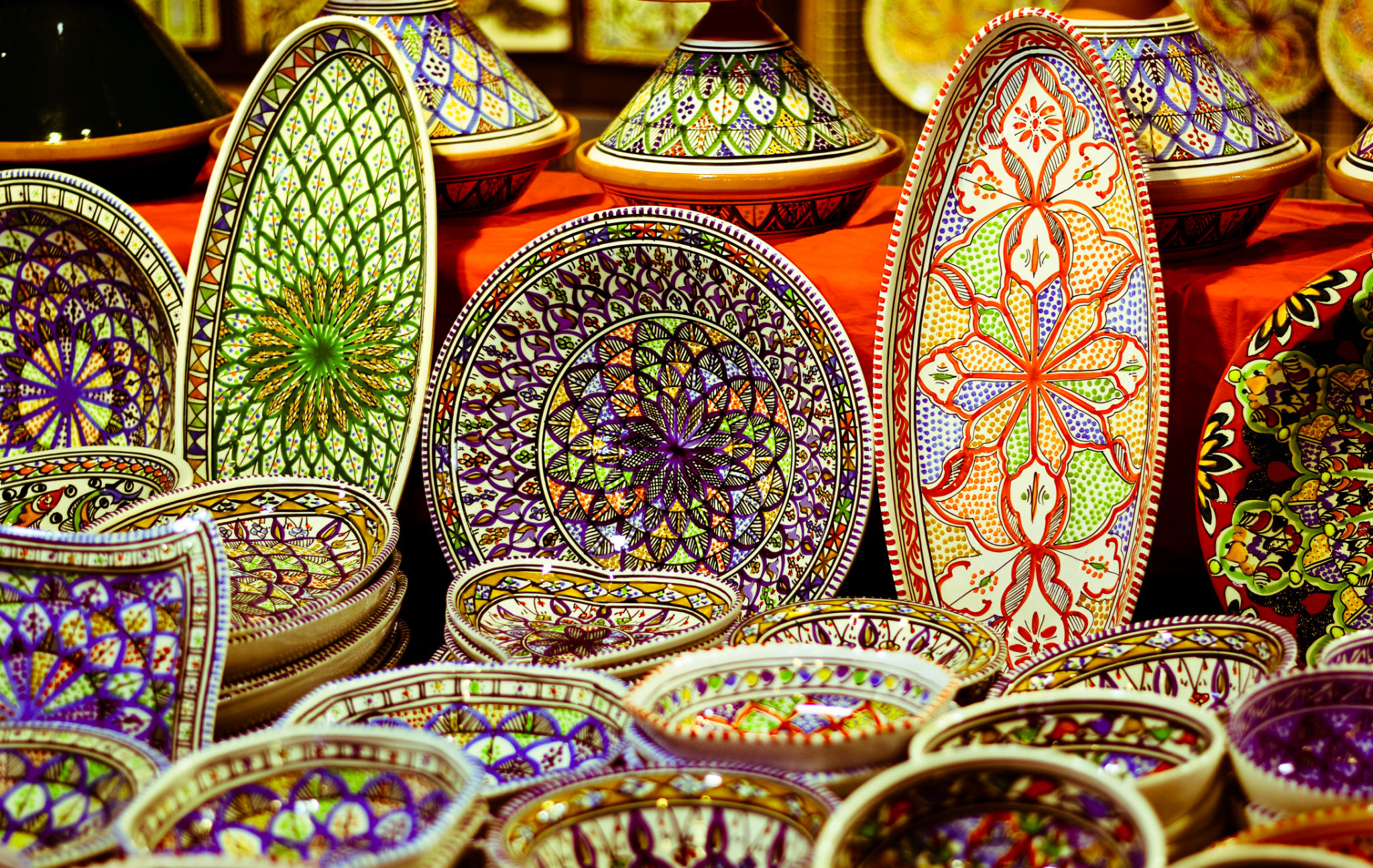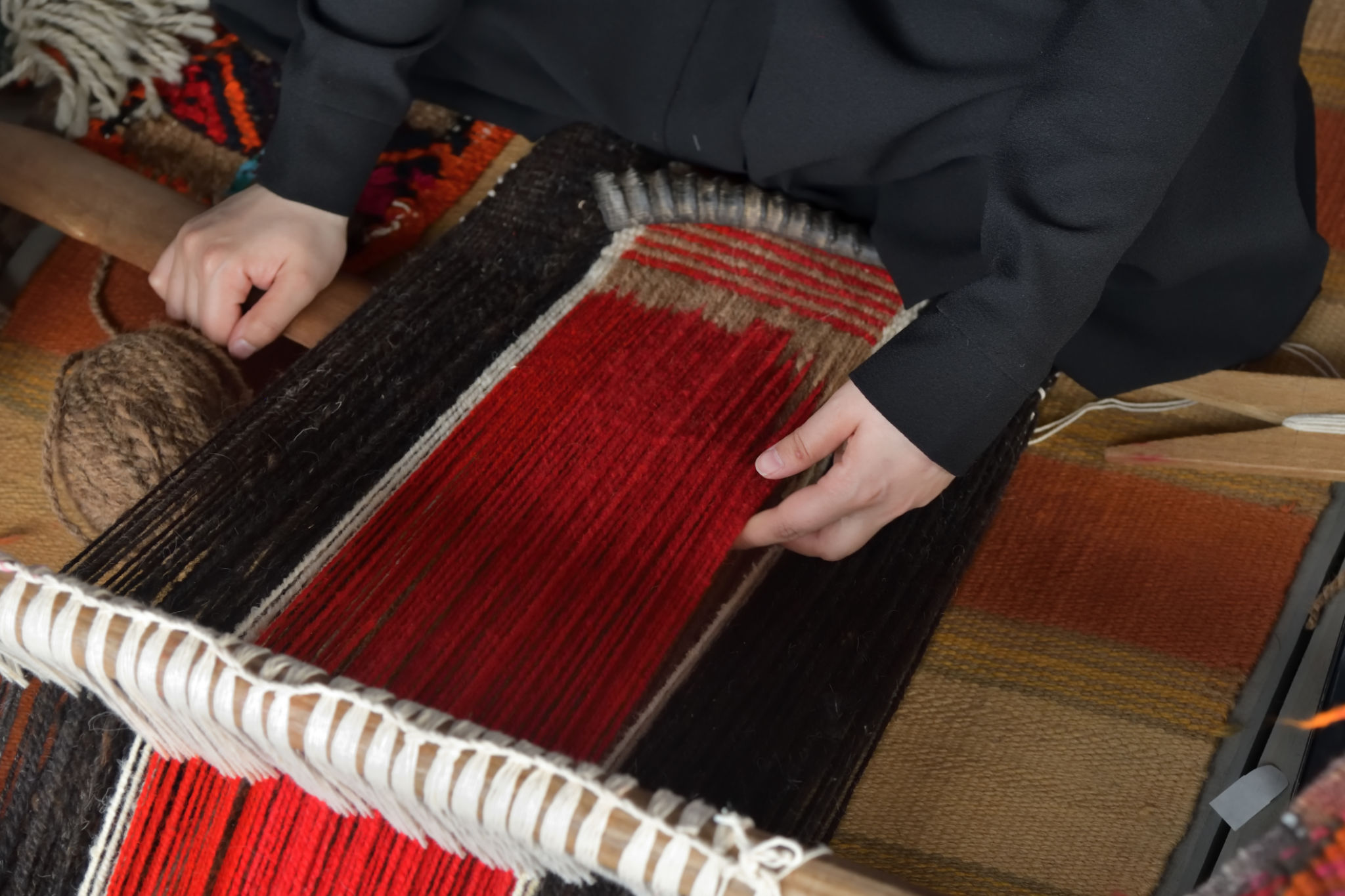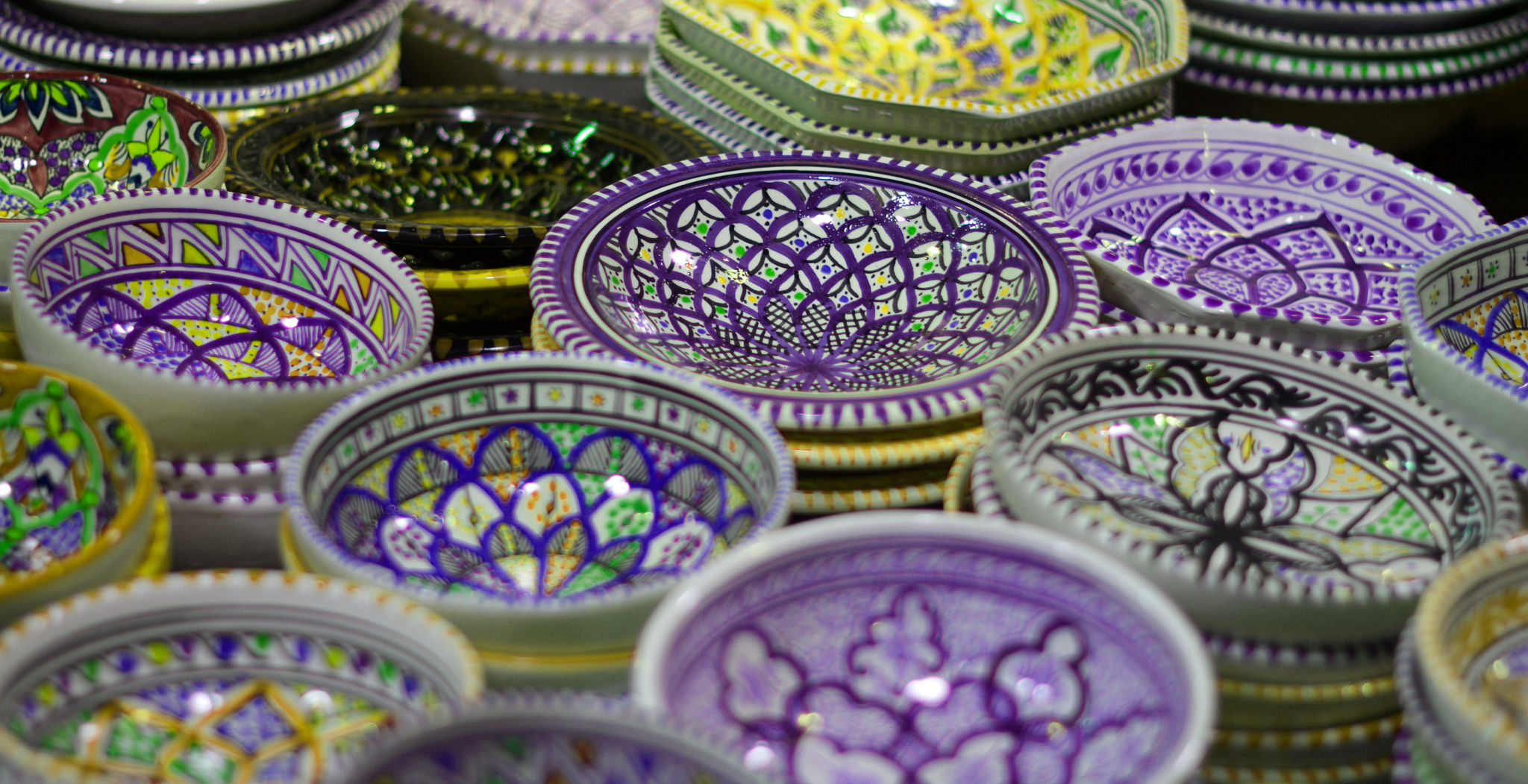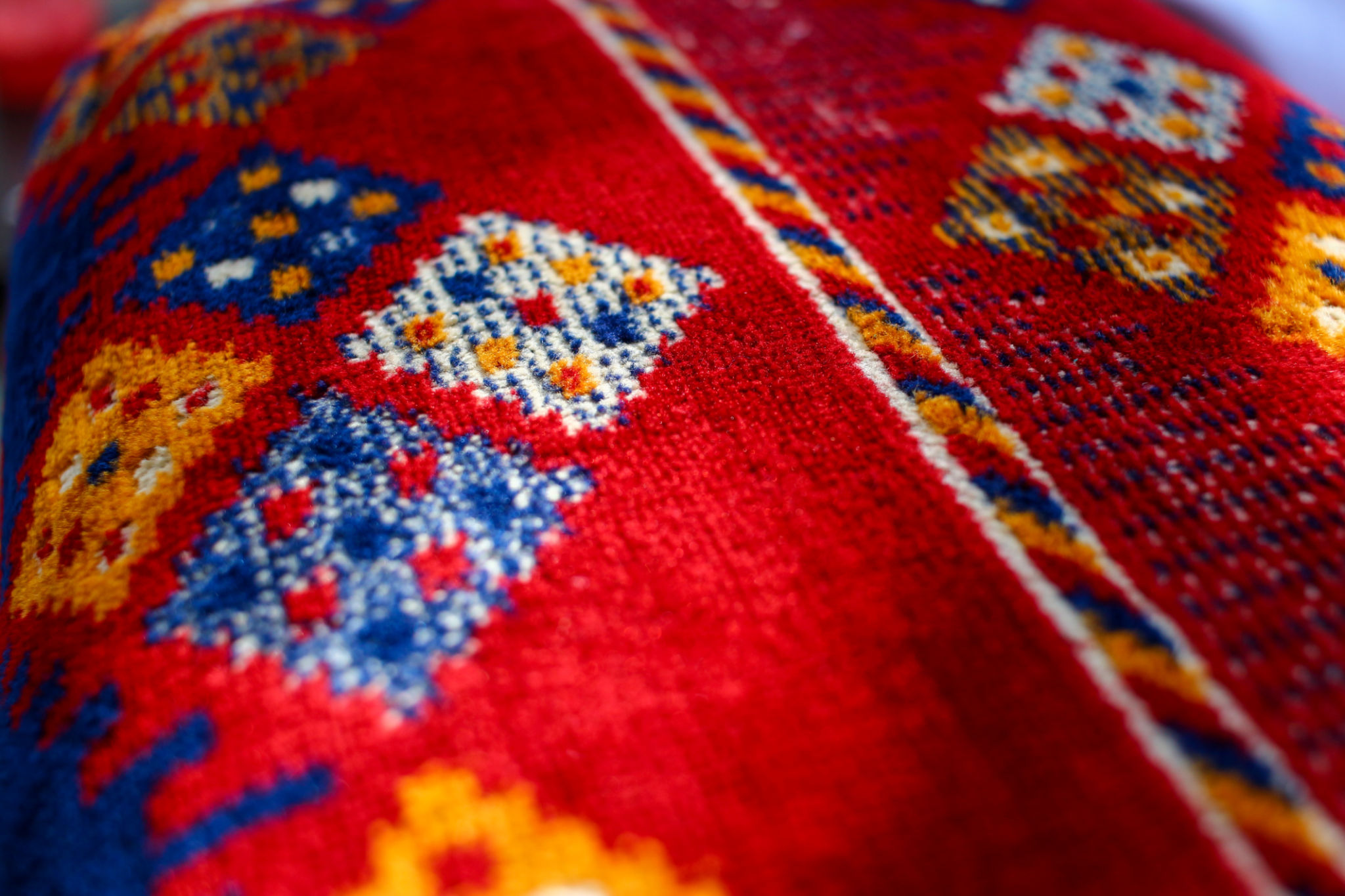How Traditional Saudi Handicrafts Are Made: A Behind-the-Scenes Look
Introduction to Saudi Handicrafts
Saudi Arabia is a country rich in cultural heritage, and its traditional handicrafts are a testament to its diverse history and vibrant traditions. These handicrafts are not only a source of pride but also a vital part of the country's cultural identity. From weaving to pottery, each craft tells a story of the region's past and its people's creativity.
The art of crafting has been passed down through generations, and today, these traditional practices are being preserved and celebrated. In this blog post, we take you behind the scenes to explore how these intricate handicrafts are made.

Weaving: The Craft of Sadu
Sadu weaving is one of the most cherished traditional crafts in Saudi Arabia. This art form involves creating beautiful textiles using wool from sheep and camels. The process begins with shearing the animals and cleaning the wool, which is then spun into yarn. Weavers use a ground loom to interlace the yarn into intricate geometric patterns that are characteristic of Sadu designs.
The skill of Sadu weaving lies in the weaver's ability to blend colors and create complex patterns that often reflect the natural environment and nomadic lifestyle. This craft is primarily practiced by Bedouin women who have mastered this art over centuries.

Pottery: Crafting Clay into Art
Pottery in Saudi Arabia has a history that dates back thousands of years. The process begins with selecting high-quality clay, which is then kneaded to remove any impurities. Potters shape the clay using either their hands or traditional tools to form a variety of items such as pots, jars, and decorative pieces.
The formed pieces are left to dry before being fired in a kiln. The firing process is crucial as it hardens the clay and enhances its durability. Once fired, the pottery can be glazed or left in its natural form, showcasing the earthy tones of the clay.

Metalwork: Crafting with Precision
Metalwork is another significant traditional craft in Saudi Arabia, involving the creation of objects from metals such as silver and gold. Artisans use techniques like engraving, filigree, and embossing to craft intricate designs on jewelry, daggers, and other ornamental items.
This craft requires precision and a keen eye for detail. Metalworkers often draw inspiration from Islamic art and architecture, incorporating motifs that have been passed down through generations.
The Role of Workshops
Many traditional crafts are taught in workshops where artisans can hone their skills under the guidance of experienced craftsmen. These workshops serve as a bridge between the past and the present, ensuring that traditional techniques are not lost with time.

The Importance of Preservation
Preserving traditional Saudi handicrafts is essential for maintaining cultural heritage and fostering national pride. Organizations and institutions are actively working to support artisans by promoting their crafts locally and internationally.
By supporting these artisans, we help keep these ancient traditions alive, allowing future generations to appreciate and learn from them. Today, many young Saudis are taking an interest in these crafts, ensuring their survival for years to come.
Conclusion: A Living Legacy
Traditional Saudi handicrafts are more than just artistic expressions; they are a living legacy that connects the past with the present. By understanding how these crafts are made, we gain insight into the culture and history of Saudi Arabia.
Whether it's through weaving, pottery, or metalwork, each piece tells a story of creativity, resilience, and tradition. As these crafts continue to evolve, they remain a vital part of Saudi Arabia's cultural tapestry.

